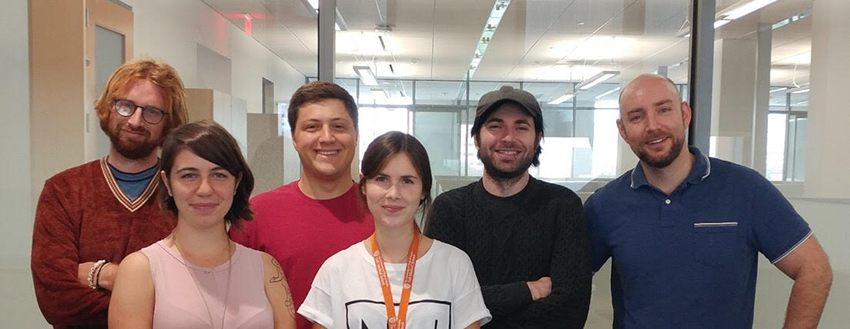The Dunsmoor Lab at Dell Medical School is studying the relationship between fear, learning and memory. The researchers seek to analyze and refine therapeutic techniques mitigating memories associated with fear.
Extinction, which is a conditioning method applied in exposure therapy, is a popular technique used to diminish fear associations. In the Dunsmoor Lab, subjects are fear-conditioned to associate pictures with shocks. Extinction involves showing the subjects the same pictures subsequently without the shocks in an attempt to break the previously formed association, according to the researchers.
“The way the brain has evolved to work is to detect and react to threats and to remember threats,” said Joseph Dunsmoor, principal investigator of the lab and assistant professor of psychiatry at Dell Medical School. “I’ve run 12 experiments in the past doing various forms of extinction, and none of them retroactively diminish the memory.”
According to Dunsmoor, the goal is to bring the enhanced fear memory down to the level of a normal everyday memory. It might be necessary to look beyond just exposure therapy to achieve that goal, he added.
“Maybe it’s not enough to do extinction right afterwards,” Dunsmoor said. “Maybe you need to have an actual complete opposite experience.”
Neuroscience Ph.D. student Nicole Keller is looking to answer that question.
“I’m doing something called counterconditioning,” Keller said. “Instead of extinction, where you show the photo and there’s no shock, I am going to give the person money.”
According to Keller, memories formed when a person learns to associate a stimulus with fear are significantly stronger than memories formed when they undergo exposure therapy.
“I’m trying to see … if the memory of the counterconditioning can increase, so that it can compete with the fear-conditioned memory,” Keller said.
Her hypothesis is informed by findings from MIT research published in eLife, which found that two parts of the brain associated with fear and reward are connected by a neural pathway.
“They noticed that whenever they paired extinction with reward — in other words, counterconditioning — the pathway was more enhanced,” Keller said. “So the higher activation of this pathway, the less afraid the animals are.”
However, before Keller can fully put her hypothesis to the test and gather solid data, her study has to complete the pilot process.
“We’ve just started running subjects,” said Sophia Toprac, Dunsmoor Lab research assistant and Plan II, psychology and neuroscience junior. “It’d be great if we got awesome data, but for the first 10 subjects, anything can go wrong and it’s fine.”
The Dunsmoor Lab is also piloting three other projects, using techniques ranging from virtual reality to fMRI scanning to study how people learn fear in the real world and how that fear enhances memory.
“This is a new setup, so everyone is just now getting their projects underway,” Dunsmoor said. “The idea is to hopefully get some good results, (so) we can then start running these experiments in patients with anxiety disorders, because they’re all clinically relevant.”
Therapies for stress and anxiety disorders have yet to be perfected. Through fundamental research studies, the Dunsmoor Lab is figuring out what information they can contribute to those treatments.
“We try to make them a little bit better here,” Dunsmoor said. “Then we can go off and have clinicians change the way they do therapy.”












